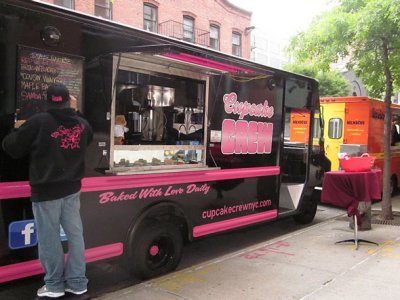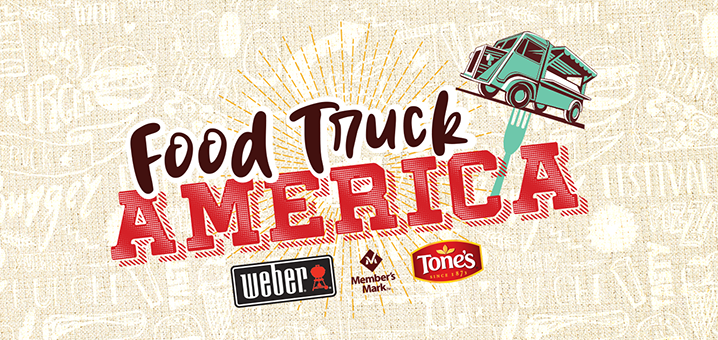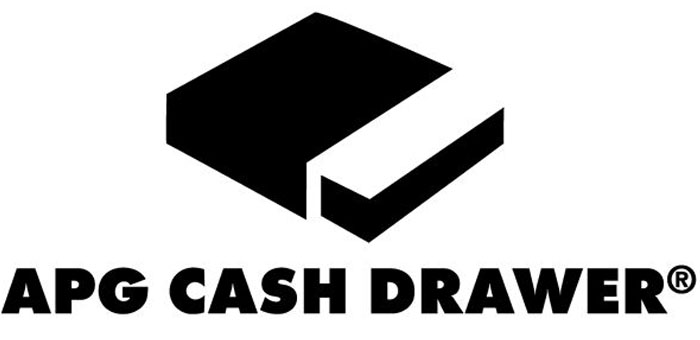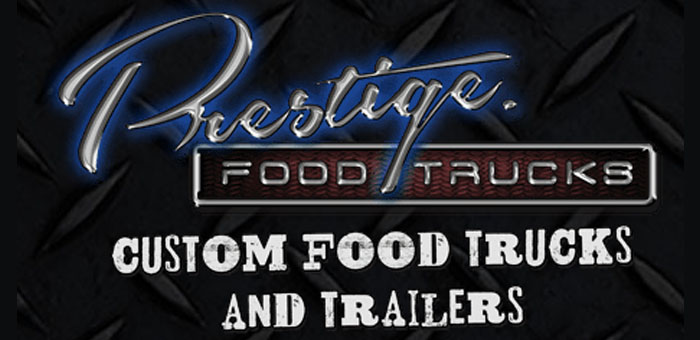The American consumer is changeable. He wants X. No, he wants Y. Never mind, he wants Z.
We used to quiz him with focus groups and mall intercepts. But these days, he’s not sure. It’s not that he won’t tell us. It’s just that he can’t.
If the consumer can’t tell us, it’s time to look at the aggregate, the larger patterns and trends that shape what consumers want. In short, it’s time for “Cessna” marketing, a look from 12,000 feet at American culture and commerce. This is the big picture. Climb aboard.
If you look out the left hand side of the plane, you’ll see a long line of people standing beside a truck. From this altitude, it’s hard to see the people or the truck in detail. But something’s going on. The line has about 60 people. Look, there’s another. There are trucks and lines all over the place. Some neighborhoods are crawling with them.
Food trucks are a culinary trend. They are suddenly everywhere. The Los Angeles Times covered one of the early and most famous of these trucks, the Kogi Korean BBQ taco truck, which launched in late 2008. Trucks move constantly, “broadcasting” their location by Twitter, parking wherever they can find enough space, and drawing as many as 800 people.
In the world of food, the food truck has a kind of celebrity standing. It is where the action is. As the LA Times said,
The truck and its staff of merry makers have become a sort of roving party, bringing people to neighborhoods they might not normally go to, and allowing for interactions with strangers they might not otherwise talk to.
There is glamour and there is intrigue. In the words of Detroit resident Jaime Hannah, the trucks “just seemed like the greatest idea ever, to be able to get food at exciting times when you don’t expect to see it. It’s like the chase of the ice cream truck. It’s pursuit.”
As David Kamp points out in his wonderful book, The United States of Arugula, American cuisine is in a state of ceaseless innovation, routinely outstripping the culinary cultures from which it springs.
And by this reckoning, we might treat food trucks as the latest food fad. And a peculiarly American one at that. We love getting speed, motion, and transport involved. Consider this our latest take on “fast food.”
But there’s more. For starters, eat your heart out, Joe Pine. Does experience marketing get any more exciting than this? Food we have to find? Food with the thrill of the chase?
Food trucks are also exercises in two kinds of fusion. The food is enthusiastically combinatorial. Korean meets tacos, and that’s just for starters. Plus, these trucks are designed to fuse neighbors and neighborhoods.They take customers to parts of the city they might not otherwise visit. And those very long lines bring together people who would not be within conversational range of one another. Food trucks are a little like food processors. They are mixing both cuisines and city life.
Food trucks are good at Culturematic economics. They keep risk small. The average restaurant costs hundreds of thousands to open. The average food truck costs tens of thousands. And food trucks are good at discovering hidden value. They help themselves to cityscapes, as if scouting film locations.The mise-en-scène is urban, dramatic, and, with the exception of the occasional parking ticket, absolutely free.
For every conventional restaurant, ennui is the enemy. Things start out well enough. In the opening weeks and months, a high-end restaurant takes advantage of the fact that it has the latest design, the earliest adopters, the freshest take on food and atmosphere. Eventually, though, the place begins to go “out,” to lose currency and customers. No such problem for the food truck. Driver, move on!
Find the entire article from businessinsider.com <here>




